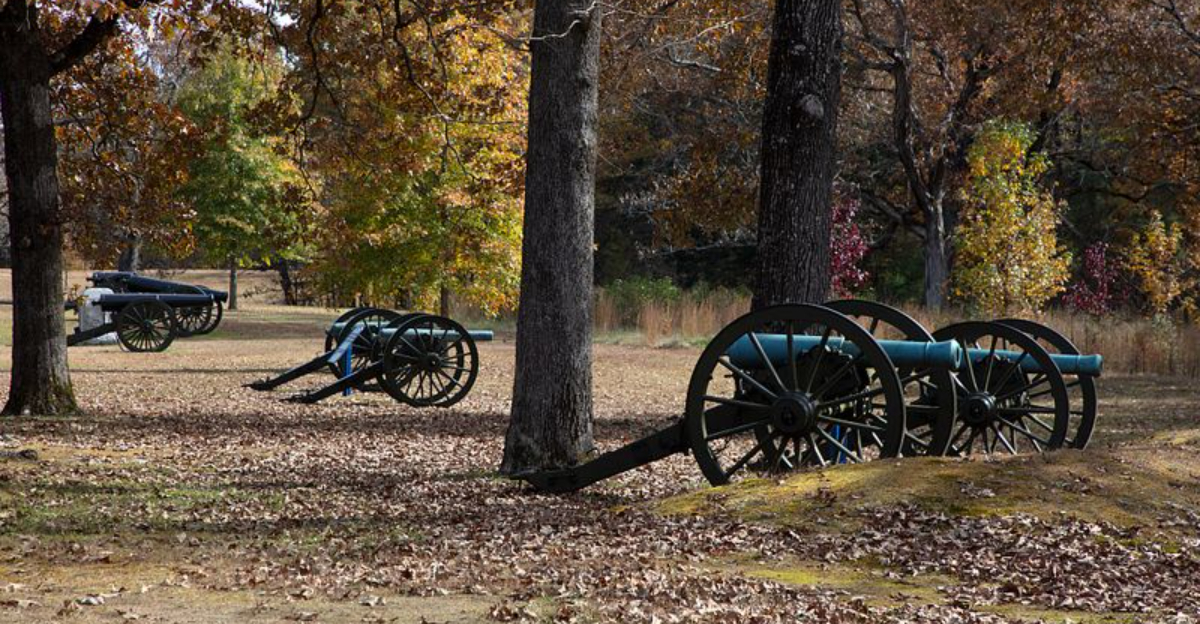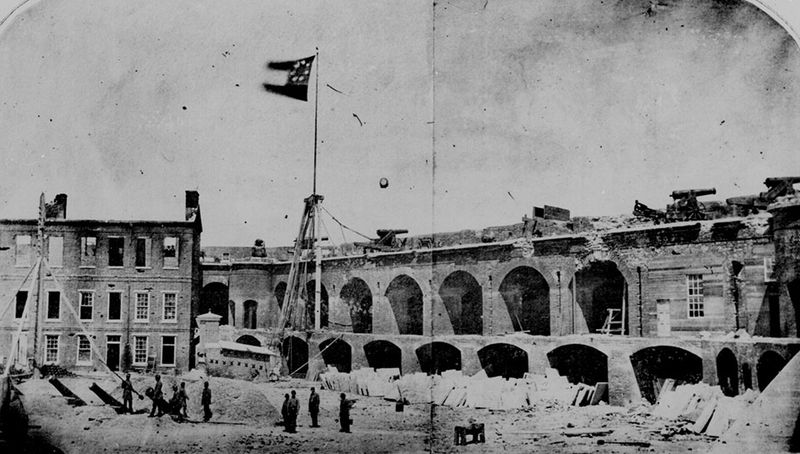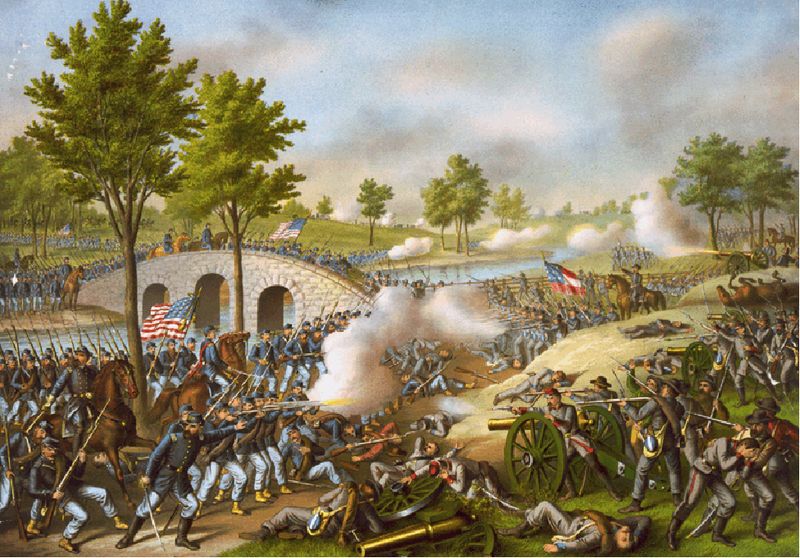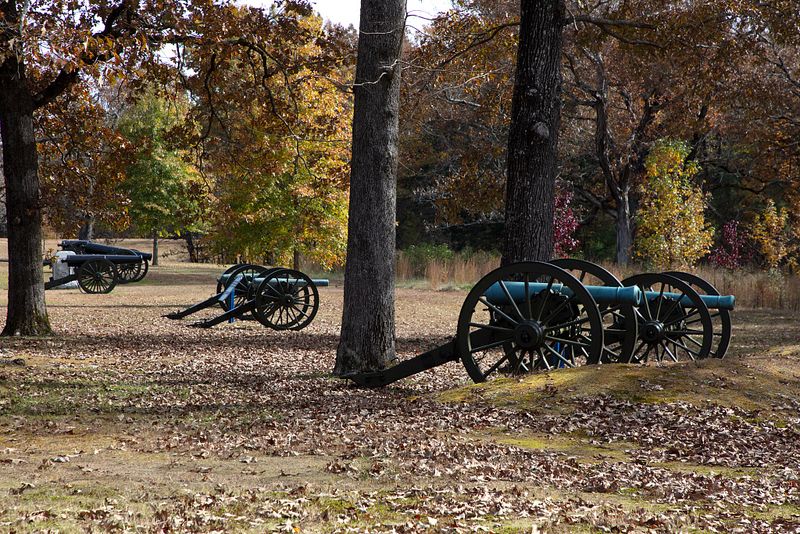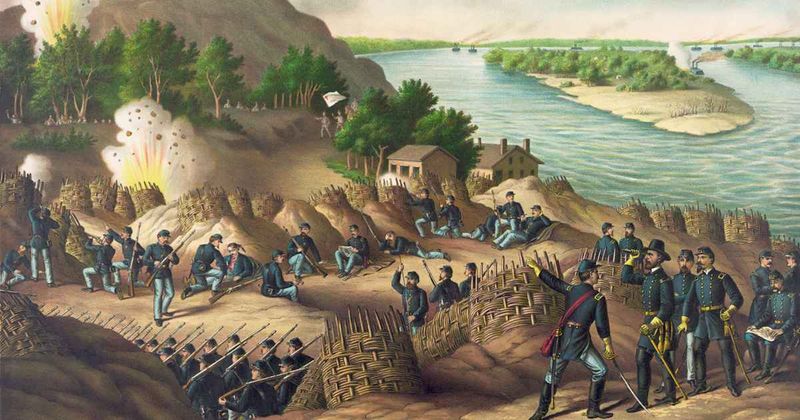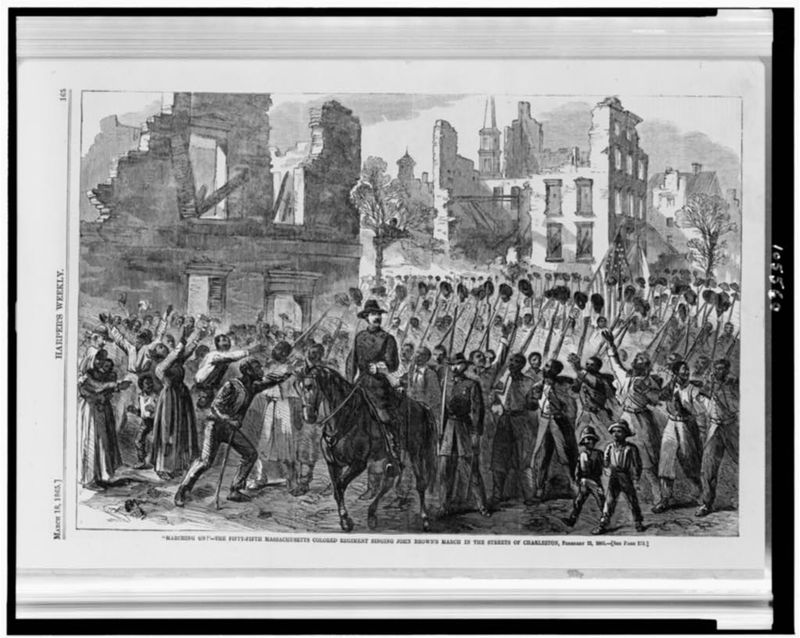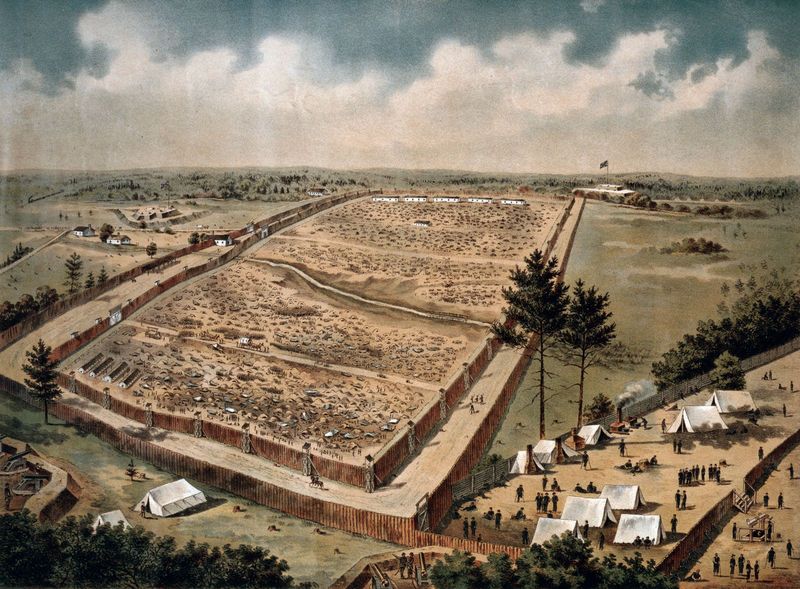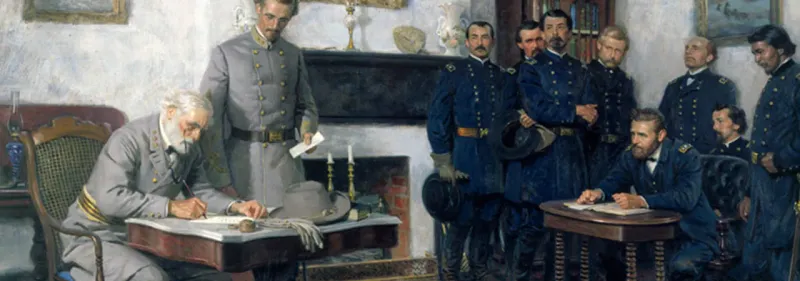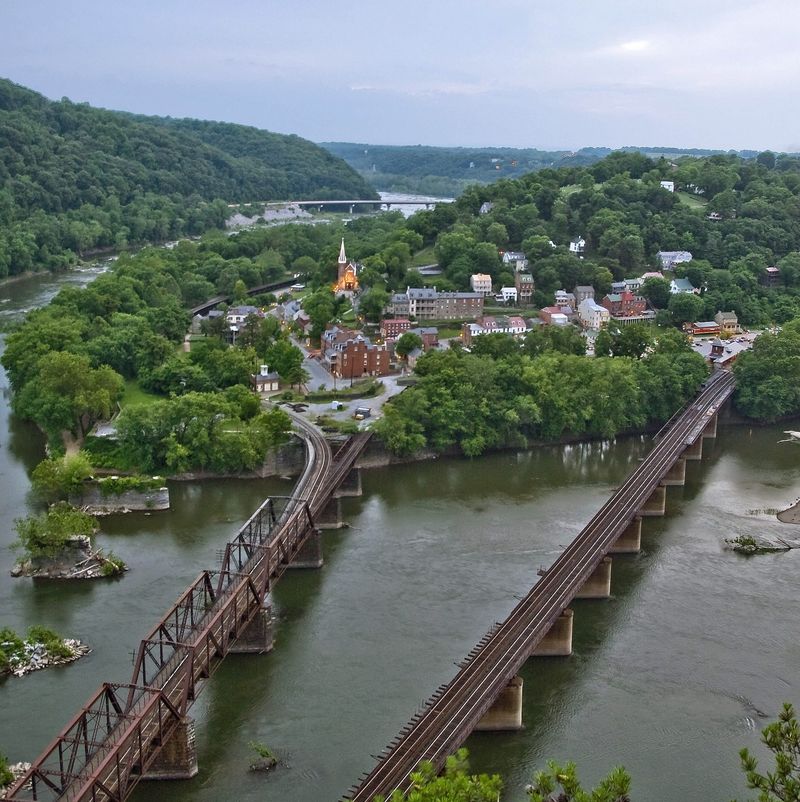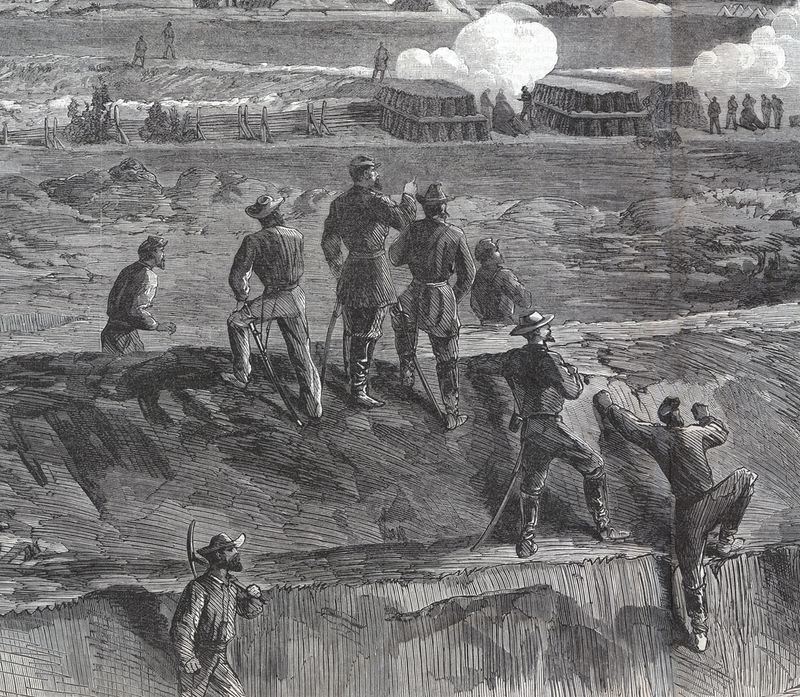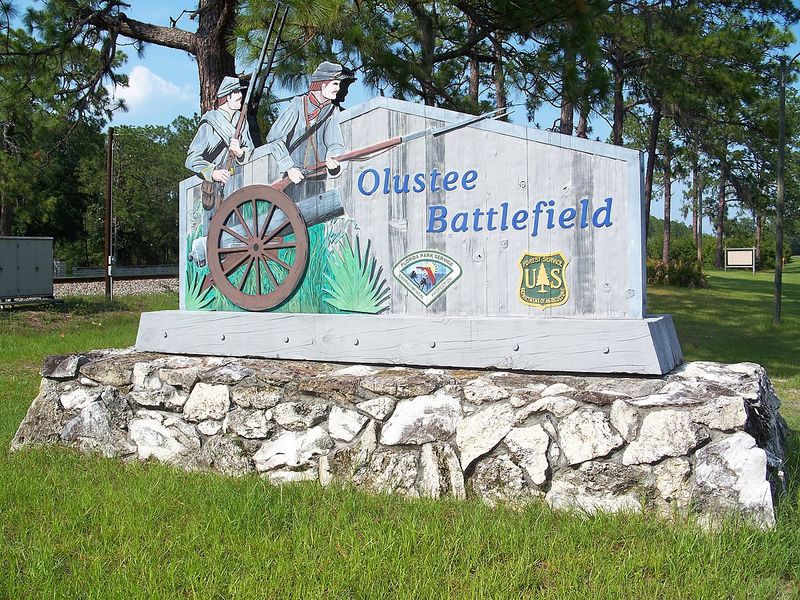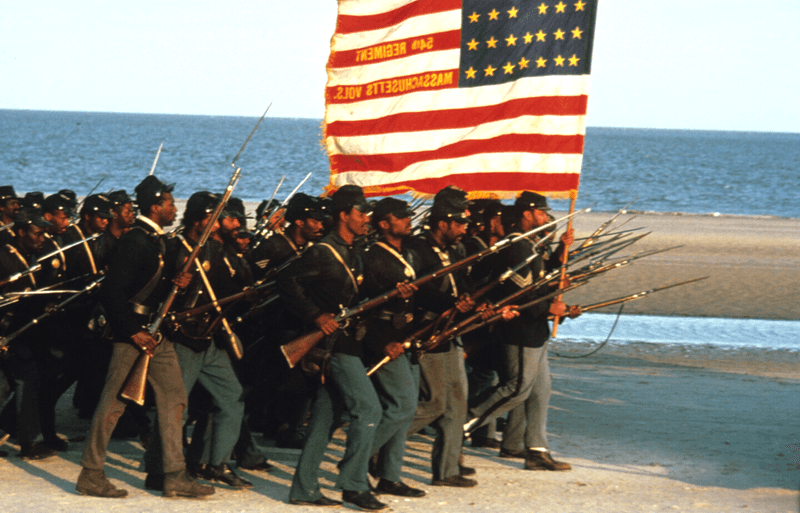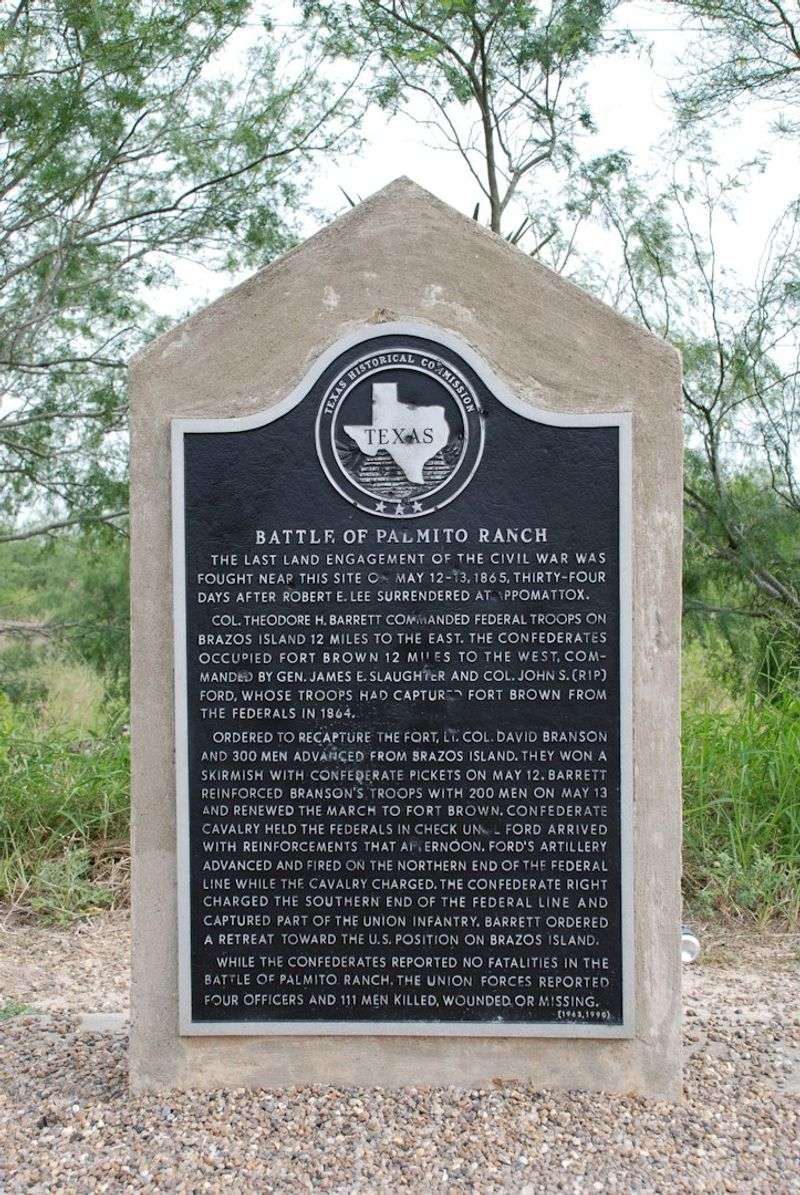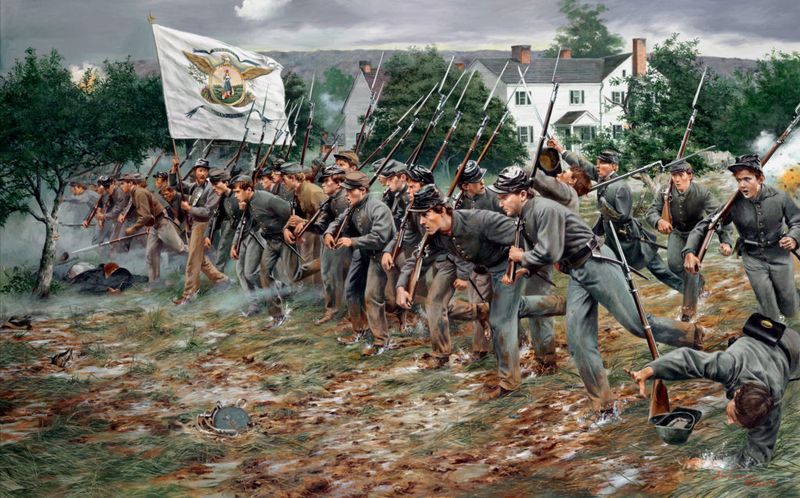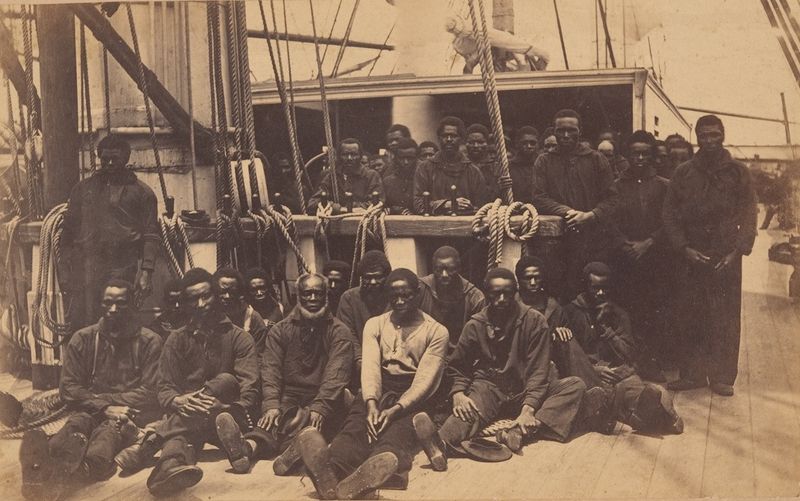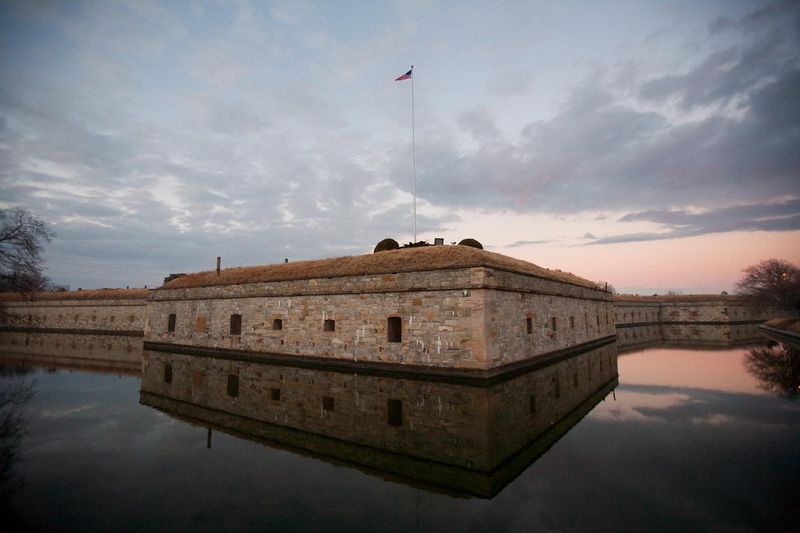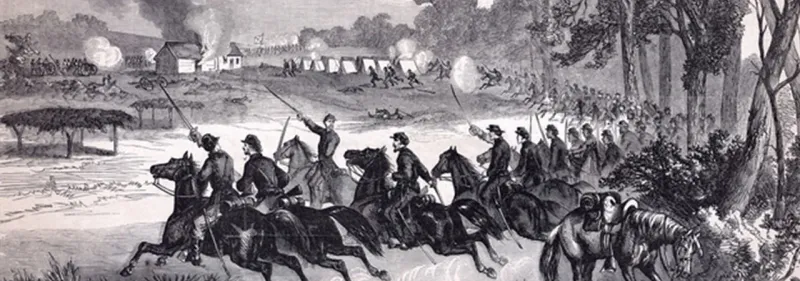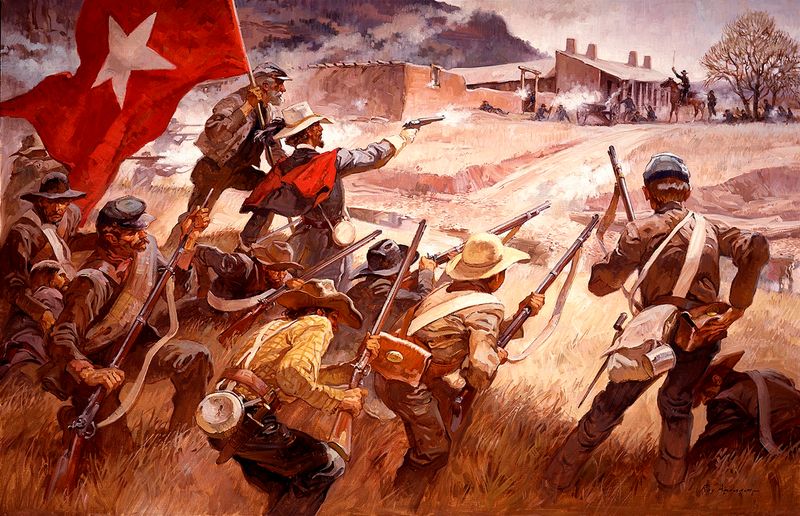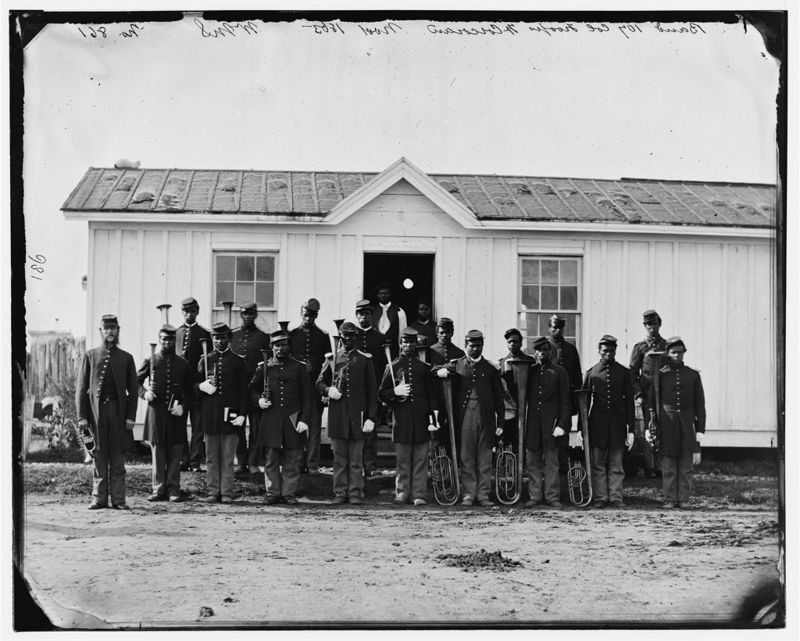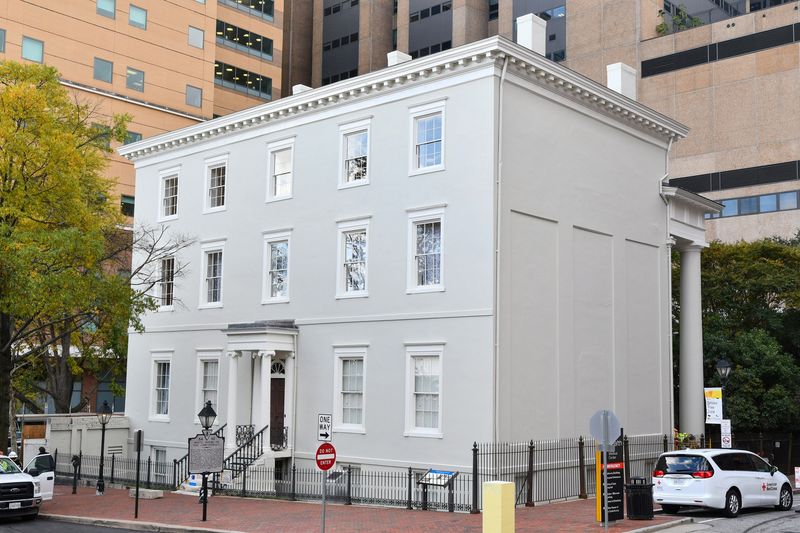While Gettysburg remains the most iconic symbol of the American Civil War, numerous other sites across the United States hold pivotal stories that shaped the nation’s history. These sites reflect the complexity and diversity of experiences during the war, each with its unique narrative and impact. From the first shots fired at Fort Sumter to the final skirmish at Palmito Ranch, these locations offer a broader understanding of the Civil War’s true legacy.
1. Fort Sumter, South Carolina
Fort Sumter, the site where the Civil War ignited, holds a dramatic tale of national division. On April 12, 1861, Confederate artillery opened fire, marking the war’s explosive start. This engagement led to the Union’s surrender, signaling a long and arduous conflict ahead. The bombardment lasted 34 hours, a vivid testament to the tensions that had reached a boiling point. Fort Sumter’s ruins today symbolize the war’s beginnings and the resilience of a nation torn apart.
2. Antietam, Maryland
Antietam, known for the bloodiest single-day battle in American history, witnessed unparalleled carnage. On September 17, 1862, over 23,000 soldiers were killed, wounded, or missing. This horrific day changed the war’s purpose, leading President Lincoln to issue the Emancipation Proclamation. The battlefields, still haunted by the past, remind us of the profound sacrifices made. Antietam’s legacy continues to resonate, transforming the nation’s fight from a battle for unity to one for freedom.
3. Shiloh, Tennessee
The Battle of Shiloh, fought in April 1862, shocked both the Union and Confederate forces with its brutality. Over two days, the fierce fighting resulted in around 23,000 casualties. Shiloh’s battlefield was strewn with the fallen, creating a grim realization of the war’s severity. The unprecedented carnage signaled that this conflict would be longer and deadlier than anyone anticipated. Shiloh remains a poignant reminder of the war’s devastating human cost.
4. Vicksburg, Mississippi
Vicksburg, a crucial stronghold on the Mississippi River, was the site of a decisive Union victory. General Grant’s siege in 1863 effectively split the Confederacy in two. For over 40 days, the inhabitants suffered under constant bombardment, leading to the eventual surrender on July 4. This victory gave the Union control of the Mississippi, a strategic triumph that marked a turning point in the war. Vicksburg’s fall is a testament to the power of perseverance and strategy.
5. Fort Pillow, Tennessee
Fort Pillow, infamous for the 1864 massacre, holds a dark chapter in Civil War history. Confederate forces, led by General Nathan Bedford Forrest, attacked the fort, leading to the slaughter of surrendering Black Union soldiers. This brutal incident heightened the war’s racial tensions and underscored the deep-seated animosities. The massacre at Fort Pillow remains a stark reminder of the ruthless violence that characterized much of the conflict.
6. Andersonville, Georgia
Andersonville, officially known as Camp Sumter, was one of the most notorious Confederate prison camps. Over 13,000 Union soldiers perished here due to disease, malnutrition, and inhumane conditions. The camp, overcrowded and undersupplied, became a symbol of the war’s darkest aspects. Prisoners were held in appalling conditions, struggling to survive in makeshift shelters. Andersonville serves as a grim reminder of the harsh realities faced by those captured during the war.
7. Appomattox Court House, Virginia
Appomattox Court House, where General Lee surrendered to General Grant on April 9, 1865, marked the effective end of the Civil War. This moment of reconciliation came after years of brutal conflict, yet it did not guarantee a smooth path to healing. The formal surrender was a poignant moment, as two great leaders met with dignity and respect. Appomattox stands as a symbol of closure, a moment of hope amid the devastation.
8. Harpers Ferry, West Virginia
Harpers Ferry, a small town with big significance, foreshadowed the Civil War. John Brown’s 1859 raid here aimed to incite a slave rebellion, a courageous yet futile attempt that intensified sectional tensions. During the war, it became a strategic Union supply hub, changing hands eight times. Harpers Ferry’s dramatic setting and turbulent history offer a vivid glimpse into the era’s challenges and the persistent struggle for justice.
9. The Crater (Petersburg, Virginia)
The Battle of the Crater, part of the Siege of Petersburg in 1864, was a grim spectacle of war. Union forces attempted to blast through Confederate lines by detonating a mine, creating a massive crater. The plan backfired disastrously, turning into a slaughter as troops became trapped. This battle highlighted the horrors of war and the complexities of military strategy. The Crater remains a somber reminder of both human error and courage.
10. Olustee, Florida
The Battle of Olustee in 1864 was the largest fought in Florida. It was a Confederate victory, yet the bravery of Black Union troops stood out against severe discrimination. Despite the outcome, their courage was a testament to the broader fight for dignity and equality. The dense pinewoods and open fields of Olustee bore witness to fierce combat, reflecting the diverse and complex nature of the war in various regions.
11. Fort Wagner, South Carolina
Fort Wagner is etched in history for the heroic assault by the 54th Massachusetts, one of the first Black regiments. Their courage on July 18, 1863, inspired many despite suffering heavy casualties. This pivotal moment showcased the valor and determination of African American soldiers fighting for freedom. The story of Fort Wagner was immortalized in the film “Glory,” capturing the regiment’s indomitable spirit.
12. Palmito Ranch, Texas
Palmito Ranch, the site of the Civil War’s last battle on May 13, 1865, ironically occurred after Lee’s surrender. This skirmish highlighted the slow spread of news and the continued conflict in far-flung regions. The battle, though relatively small, signified the war’s drawn-out end and the persistence of divided loyalties. Palmito Ranch remains a unique footnote in the war’s history, marking its final chapter.
13. New Market, Virginia
At New Market, Virginia, in 1864, youthful cadets from the Virginia Military Institute marched into battle. Their courageous charge, despite being mere teenagers, became legendary. Many of these cadets fell during the Confederate victory, symbolizing youthful valor and the tragic cost of war. New Market stands as a poignant reminder of the young lives sacrificed and the fierce devotion that fueled such acts of bravery.
14. Port Royal, South Carolina
Port Royal, seized by Union forces in 1861, became a beacon of hope for enslaved people seeking freedom. This early victory led to the Port Royal Experiment, an innovative effort to educate and empower freed slaves. The region transformed into a vibrant community where African Americans took steps toward self-sufficiency and education. Port Royal remains a symbol of progress and the enduring struggle for equality and justice.
15. Fort Monroe, Virginia
Fort Monroe, dubbed “Freedom’s Fortress,” became a sanctuary where enslaved people sought refuge. As a Union stronghold, it offered a path to freedom for many, challenging the Confederacy’s grip on slavery. The fort’s sturdy walls and strategic location played a crucial role in undermining the institution of slavery. Fort Monroe symbolizes hope and the relentless pursuit of liberty during a tumultuous era.
16. Honey Springs, Oklahoma
Honey Springs, the largest Civil War battle in Indian Territory, was fought on July 17, 1863. This battle saw a diverse array of combatants, including Native American, Black, and white soldiers. The Union victory here was a strategic win, emphasizing the war’s breadth and diversity. Honey Springs stands as a testament to the varied experiences and contributions of all those who fought for their beliefs.
17. Battle of Glorieta Pass, New Mexico
The Battle of Glorieta Pass in March 1862 is often dubbed the “Gettysburg of the West.” This Union victory halted Confederate ambitions to expand into the Southwest, a strategic win that secured vital territories. The harsh terrain and fierce fighting underscored the widespread impact of the Civil War. Glorieta Pass remains a symbol of determination and the effective containment of Confederate forces.
18. Camp Nelson, Kentucky
Camp Nelson served as a crucial Union recruitment and training center for Black soldiers. It became a sanctuary for their families, offering protection and hope. The camp’s atmosphere was one of determination and resilience, as new recruits prepared to fight for freedom. Camp Nelson highlights the essential roles that African Americans played in shaping the war’s outcome and advancing their cause.
19. The White House of the Confederacy (Richmond, Virginia)
The White House of the Confederacy, located in Richmond, Virginia, was the official residence of Jefferson Davis. It symbolized the Confederacy’s political power and aspirations. Yet, as Richmond burned in 1865, it became a poignant symbol of the Confederacy’s collapse. This historic site now serves as a museum, preserving the complex legacy of a nation divided by war. The house stands as a reminder of ambition, downfall, and reconciliation.
